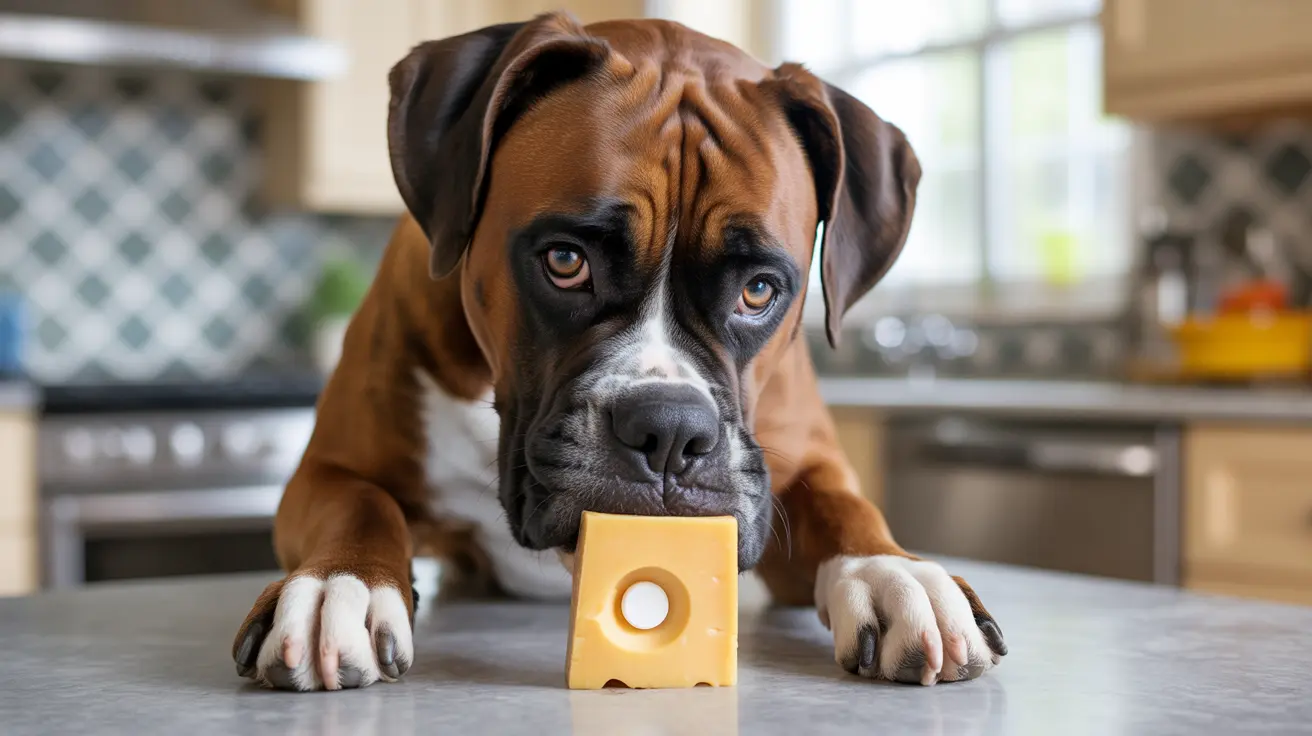Administering medication to dogs can be a challenging task that many pet owners struggle with. Whether your furry friend needs daily medication or just occasional treatments, knowing the right techniques for giving your dog a pill can make the process smoother and less stressful for both of you.
In this comprehensive guide, we'll explore proven methods, safety considerations, and expert tips to help you successfully give your dog their medication. From food-hiding techniques to direct administration methods, you'll learn everything you need to know about getting your dog to take their pills consistently and safely.
Safe Food Methods for Pill Administration
One of the most popular and least stressful ways to give your dog a pill is by hiding it in food. The key is choosing the right foods that are both safe and appealing to your dog:
Recommended Food Options
- Pill pockets (specially designed treats)
- Small pieces of cheese
- Xylitol-free peanut butter
- Lean cooked meat
- Small amounts of canned dog food
When using food to hide pills, always use the smallest amount necessary to cover the medication. This helps ensure your dog swallows the entire treat and doesn't eat around the pill.
Direct Administration Techniques
Sometimes, hiding pills in food isn't an option, whether due to medication requirements or a particularly clever dog. Here's how to safely administer pills directly:
- Position your dog in a comfortable, secure position
- Gently hold their muzzle with one hand
- Use your other hand to open their mouth
- Place the pill as far back on the tongue as possible
- Close their mouth and stroke their throat
- Offer water and praise immediately after
Using Pill Administration Tools
Several helpful tools can make giving your dog pills easier and safer:
- Pill guns or pill poppers
- Pill splitters (only when veterinarian-approved)
- Specialized pet medication dispensers
- Pill crushing devices (when appropriate)
Safety Considerations and Best Practices
Before giving any medication to your dog, keep these important safety tips in mind:
- Always follow your veterinarian's instructions
- Never crush time-release medications
- Check for food interactions
- Ensure proper dosing times
- Monitor your dog after administration
Building Positive Associations
Creating a positive experience around medication time can make future doses easier to administer:
- Use high-value treats as rewards
- Maintain a calm, confident demeanor
- Practice handling your dog's mouth regularly
- Establish a consistent routine
- Offer praise and affection throughout the process
Frequently Asked Questions
What are the safest and most effective foods or treats to hide a pill for my dog?
The safest options include commercial pill pockets, small pieces of cheese, xylitol-free peanut butter, or lean meat. Always use the smallest amount necessary to cover the pill and ensure the food doesn't interfere with medication absorption.
How do I properly give a dog a pill directly if they refuse to take it with food?
Gently hold your dog's muzzle, tilt their head back slightly, and place the pill as far back on their tongue as possible. Close their mouth, stroke their throat, and offer water afterward. Watch for swallowing and reward with praise.
When should I use a pill dispenser or pill gun for administering medication to my dog?
Use these tools when direct administration is challenging or when dealing with small pills. They're especially helpful for nervous dogs or those who tend to bite during medication time.
What precautions should I take to avoid harming my dog when crushing or splitting pills?
Always consult your veterinarian before crushing or splitting any medication. Some pills have special coatings or time-release properties that can be compromised when altered. Use proper pill-splitting tools when approved.
How can I calm my dog and build a positive experience during pill administration?
Create positive associations by using treats and praise, maintaining a calm demeanor, and establishing a consistent routine. Practice handling your dog's mouth during non-medication times and always end sessions on a positive note.
Conclusion
Successfully giving your dog pills requires patience, preparation, and the right technique. By following these guidelines and working with your veterinarian, you can make medication time less stressful for both you and your pet. Remember to always prioritize safety and use positive reinforcement to build trust and cooperation over time.






